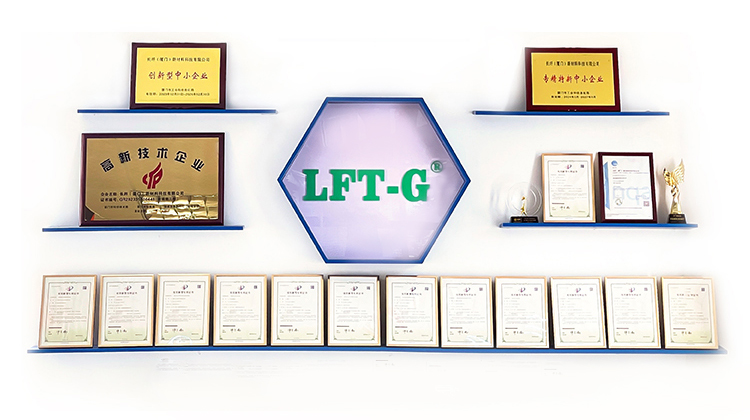HDPE has a higher density compared to other polyethylene variants, making it more rigid and stronger.
HDPE has a higher density compared to other polyethylene variants, making it more rigid and stronger.
item no.:
HDPE-NA-LGFPayment:
Discussedproduct origin:
ChinaColor:
Natural color or Customizedshipping port:
XiamenLead Time:
2-10 working days

|
Characteristic |
Unit |
Test Method |
Property Value |
|
Specific Gravity |
g/cm³ |
ASTM D-792 |
1.30 |
|
Tensile Strength |
MPa | ASTM D-638 | 124.78 |
|
Tensile Modulus |
MPa | ASTM D-638 | 8858.52 |
|
Tensile Elongation |
% |
ASTM D-638 |
2.35 |
|
Flexural Strength |
MPa | ASTM D-790 | 120.64 |
|
Flexural Modulus |
MPa | ASTM D-790 | 6604.58 |
|
Notched Izod Impact |
KJ/m2 |
ASTM D-256 | 482.53 |
|
Notched Charpy Impact |
KJ/m2 |
ASTM D-4812 |
|
|
Deflection Temperature |
°C |
ASTM D-648 |
Material Properties
- Enhanced Strength and Stiffness: The long glass fibers are uniformly distributed within the HDPE, significantly improving the material's tensile strength, impact resistance, and stiffness, making it highly effective under high-stress conditions.
- Chemical and Weather Resistance: HDPE naturally has good resistance to chemical corrosion and weathering. When reinforced with long glass fibers, these properties are retained or even enhanced, allowing the material to be used in harsh environments.
- Lightweight: Compared to metal materials, long glass fiber reinforced HDPE has a lower density, enabling the material to maintain high strength while reducing the overall weight, making it an excellent metal substitute.
- Dimensional Stability: The material exhibits better dimensional stability under high temperatures due to the long glass fibers, reducing the coefficient of thermal expansion and making it suitable for environments with significant temperature fluctuations.
Applications
- Automotive Industry: This composite material is widely used in the automotive industry to manufacture internal and external structural components such as door panels, seat frames, and front-end modules. These components require high strength, impact resistance, and lightweight characteristics.
- Construction and Infrastructure: The material is also used in the construction sector for applications like pipes, containers, and railings, where its excellent mechanical properties and durability are highly valued.
- Electronics and Electrical Equipment: In electronics, long glass fiber reinforced HDPE is used to produce components that require high strength and heat resistance, such as electrical housings and distribution boxes.
- Sports Equipment and Consumer Goods: Due to its lightweight and durability, this material is commonly used in sports equipment, outdoor gear, and other consumer products.
Processing Performance
- Ease of Molding: Long glass fiber reinforced HDPE materials can be processed using techniques like injection molding and extrusion, offering good moldability for manufacturing complex-shaped parts.
- Recyclability: HDPE is a recyclable thermoplastic, and the composite material can be reprocessed and reused after its service life, aligning with environmental sustainability goals.
Xiamen LFT has capabilities to provide assistance to you throughout an entire product launch - through product discussion, performance analysis, composite selection, composite pellet production, after-sales tracking. In addition, we provide guidance on injection molding techniques
